Myers-Briggs® and the Enneagram – What’s the Same and What’s Different?
Myers-Briggs vs Enneagram. What’s the same? Are they related somehow?
When it comes to the world of typology, two systems tend to be at the forefront of people’s minds: The Myers-Briggs system and the Enneagram. Some of us employ both systems to understand ourselves better, while others accept one and discard the other. But what do these two systems have in common? What sets them apart? That’s what we’ll explore today.
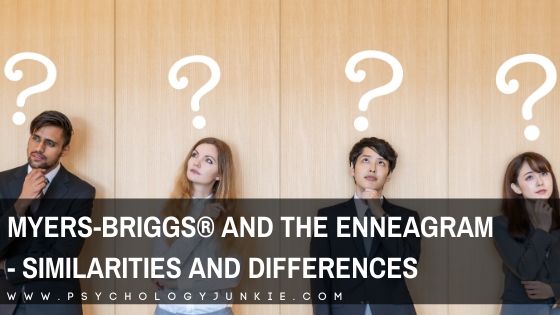
Not sure what your personality type is? Take our new questionnaire here!
Not sure what your enneagram type is? Take our new personality questionnaire here!
The MBTI® and the Enneagram – What’s Different
From a basic perspective, the Myers-Briggs® system has 16 personality types and the enneagram system has nine. Myers-Briggs typology is based on the work of Swiss psychoanalyst Carl Jung, whereas the enneagram is a modern synthesis of several ancient beliefs. Its roots are in antiquity and can be traced back at least as far as the works of Pythagoras.
Enneagram vs. Myers-Briggs – Differences in Perspectives
Your Myers-Briggs® type essentially tells you how you perceive information (through Intuition or Sensation) and the criteria you prioritize when you make decisions: Thinking (logic, pros and cons) or Feeling (ethics and values). Your personality type in this system is something you’re born with. How you USE your mental wiring will vary greatly from person to person.
For example, one INFP might use their gifts of feeling and intuition to help the environment, come up with creative ways to stop animal cruelty or create vegan recipes.
Another INFP might use their gifts of feeling and intuition to stand up for gun rights, write poetry, or create paleo recipes.
One INFP might be soft-spoken and obsessed with Harry Potter, while another INFP might be more outspoken and obsessed with Stephen King’s literature. Either way, both individuals are processing information through intuition and making the majority of their decisions with a feeling preference.
What Your Myers-Briggs Type Tells You:
Your Myers-Briggs® type tells you exactly which cognitive processes you’re using when you make decisions and process information. Many of the findings of the MBTI have been backed up by science. Your type in this system will tell you how you use Intuition, Sensing, Feeling, and Thinking. You can even find out what gets you into a mental state of flow based on your type. Your Myers-Briggs type can also tell you what causes you stress, and how you nurture other people.
What Your Enneagram Type Tells You:
Your enneagram type gets much more personal than your Myers-Briggs® type does. When we look at Myers-Briggs typology, we’re really seeing the lenses through which you see the world and prioritize information. We don’t know what your childhood wounds are, what your basic fear is (although we have some hypotheses), or what your driving desire is. This is where the enneagram can help us.
The enneagram can tell you which exact childhood wounds and experiences led you to develop certain coping mechanisms. The Nine, for example, felt that they were safer and better if they blended into the background and didn’t assert themselves. The Four felt like a misfit in their family – like the odd duck, never quite fitting in. The Nine coped by numbing out to their own will, desires, and emotions. The Four coped by facing their shame and finding a way to embrace and love what made them different.
The enneagram can also tell us what your basic desire and fear are. It tells us what you’re running away from as well as what you’re running towards.
Your enneagram type can also tell you where you have your greatest assets and liabilities. Eights, Nines, and Ones have assets and liabilities in their instinctual drives. Twos, threes, and fours have assets and liabilities in their feelings. Fives, sixes, and sevens have assets and liabilities in their thinking.
Similarly, there’s a driving emotion that underlies each enneagram type. Eights, Nines, and Ones act out, repress, or deny feelings of anger or rage.
Twos, threes, and fours act out, repress, or deny feelings of shame.
Fives, sixes, and sevens act out, repress, or deny feelings of fear.
Summing It Up…
Essentially, you can know someone’s Myers-Briggs® personality type and know very little about their pain, their coping mechanisms, and their deeper selves. You can grasp how they prefer to interact with the world, what they look for when they decide, and the information that will interest them. But the enneagram type can reveal much more personal information.
For example, when someone tells you they’re a Two you can know that it’s important for them to be liked, to nurture, and to have harmonious interactions. Perhaps they grew up feeling like they were only worthwhile if they served and put others first. You’ll know that their basic desire is to be loved and their basic fear is being unloved or unwanted for who they are. If they have issues with people-pleasing and flattery you can recognize that they want acknowledgment and intimacy. If they’re a child of yours then you can help them to establish boundaries, and show them that they are loved for who they are – not what they do.
What Myers-Briggs® and the Enneagram Have in Common
Myers-Briggs and the Enneagram can both shine a light on what’s important to you.
Intuitive-Feeling personality types crave authenticity, emotional connection, imagination, and creativity. They want to grasp patterns, themes, and symbolic meaning. Their goals lie in clarifying, unifying, individualizing, and inspiring.
Intuitive-Thinking personality types crave mastery and competence. They want to have autonomy, self-control, and knowledge. Their talents lie in engineering, conceptualizing, coordinating, and strategizing.
Sensing-Feeling personality types blend practicality with idealism. They want to make a tangible difference for the people around them. They want to get people’s emotional and physical needs taken care of in an immediate sense. Their talents lie in nurturing, defending, helping, and adaptive creativity.
Sensing-Thinking personality types believe in being pragmatic and logical. They want to solve problems, make their environment more efficient, and stay grounded and down-to-earth. Their talents lie in logistics, organizing, inspecting, and problem-solving.
Your Enneagram type can also tell us what’s most important to you.
Ones seek righteousness and integrity.
Twos seek love and belonging.
Threes seek achievement and success.
Fours seek individuality and personal freedom.
Fives seek competence and specialization.
Sixes seek security and certainty.
Sevens seek happiness and possibility.
Eights seek control and autonomy.
Nines seek peace and inner harmony.
Keep in mind that every individual wants EVERYTHING mentioned above. We all want to have a sense of security and happiness and peace. But which one do you prioritize? Which one are you running towards on a regular basis? The priority of your desires is what the enneagram and Myers-Briggs systems can show us.
The Enneagram, MBTI®, and Stress
Both the enneagram and Myers-Briggs systems of typology talk a lot about stress.
In the Myers-Briggs system, when someone is stressed they rely first on their dominant and auxiliary functions. For example, an INTJ would first go to Intuition and Thinking to try to solve a problem. If stress is prolonged or extreme, they might wear down their dominant and auxiliary functions and fall into the grip of their inferior function. Therefore, an INTJ in the grip of Sensing would appear uncharacteristically indulgent, impulsive, and focused on the physical world. You can find out more about the MBTI® and stress here.
Grip Stress Responses of the Myers-Briggs Types:
INFJs and INTJs become impulsive and focused on physical experience. They take on an “Indulger” outlook.
ENFPs and ENTPs develop tunnel-vision and become more obsessed with details and their physical needs. They become “The Obsessors.”
ISFJs and ISTJs imagine catastrophes and numerous negative possibilities when stressed. The future seems bleak and uncertain. They become “Dramatizers.”
ESFPs and ESTPs become pessimistic and gloomy in their outlook when stressed. They become “Exaggerators.”
INFPs and ISFPs become more critical, sarcastic, and blunt when stressed. They become “Criticizers.”
ESFJs and ENFJs become more critical, impersonal, and perfectionistic of themselves and others under stress. They become “Condemners” under stress.
INTPs and ISTPs become more emotionally reactive and concerned with what other people think of them when stressed. They become “Emoters.”
ENTJs and ESTJs become more introspective and self-absorbed when stressed. They often feel alone and may feel sorry for themselves. They become “Martyrs.”
You can find out more about stress, as well as the titles given to each type when they’re stressed here.
In the enneagram system, there is also information about stress.
According to the enneagram, each of us has an area of disintegration that we go to when we’re under increased levels of stress. Different situations will evoke different kinds of responses from you.
An average to unhealthy One under stress will behave like an average or unhealthy Four.
An average to unhealthy Two will behave like an average to unhealthy Eight.
An average to unhealthy Three will behave like an average to unhealthy Nine.
An average to unhealthy Four will behave like an average to unhealthy Two.
An average to unhealthy Five will behave like an average to unhealthy Seven.
An average to unhealthy Six will behave like an average to unhealthy Three.
An average to unhealthy Seven will behave like an average to unhealthy One.
An average to unhealthy Eight will behave like an average to unhealthy Five.
An average to unhealthy Nine will behave like an average to unhealthy Six.
You can find out more about the enneagram and stress here.
What Are Your Thoughts?
There is more to both of these systems than we can cover in this article (it would take a book, and a very large one at that, to go into all the details). But what are your thoughts on both of these systems? Do you agree or disagree with them? Let us know in the comments!
Find out more about your personality type in our eBooks, Discovering You: Unlocking the Power of Personality Type, The INFJ – Understanding the Mystic, and The INFP – Understanding the Dreamer. You can also connect with me via Facebook, Instagram, or Twitter!
Subscribe to Our Newsletter

Want to discover more about personality type? Get the inside scoop with Susan Storm on all things typological, along with special subscriber freebies, and discounts on new eBooks and courses! Join our newsletter today!




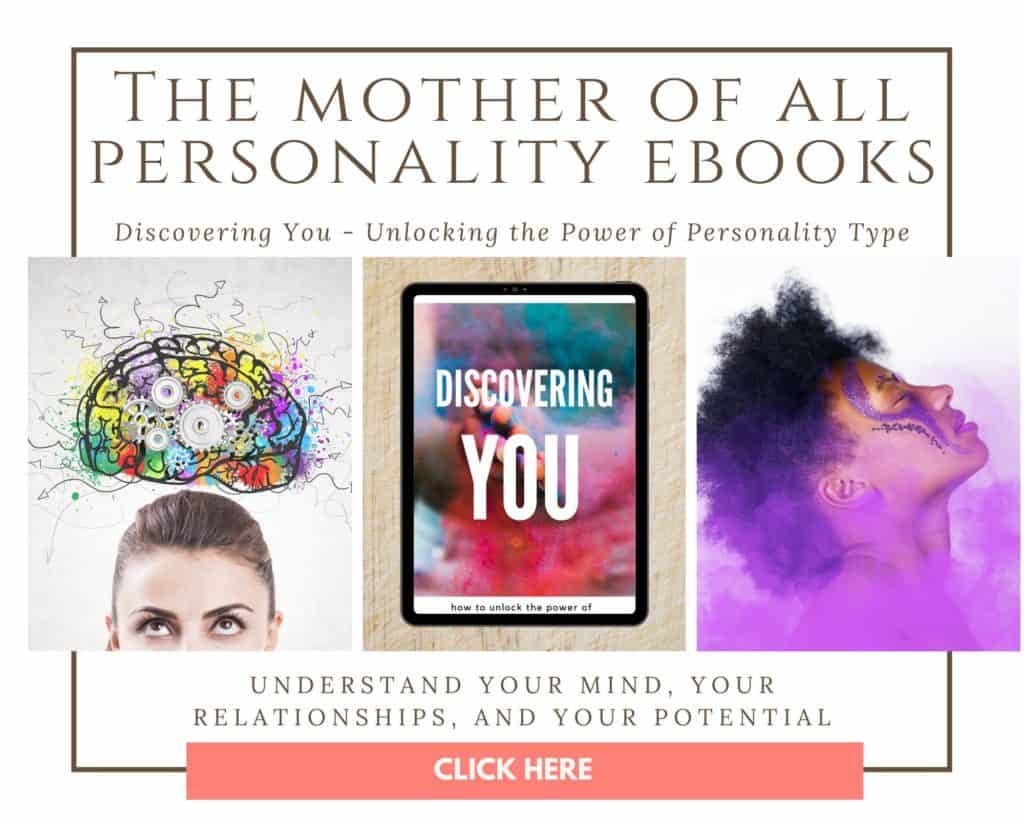
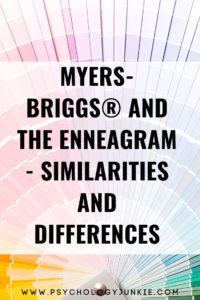
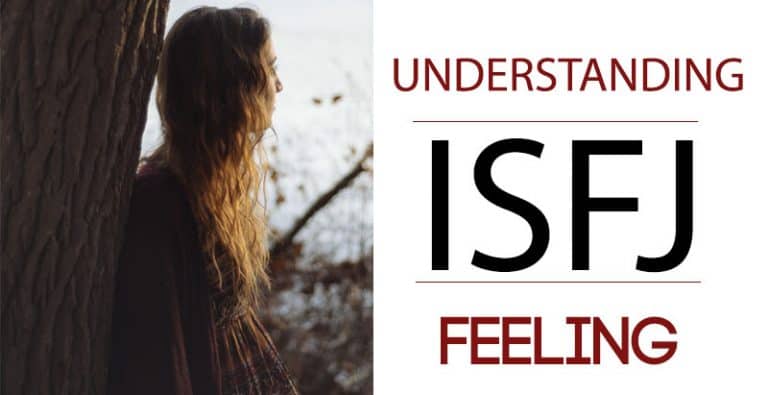
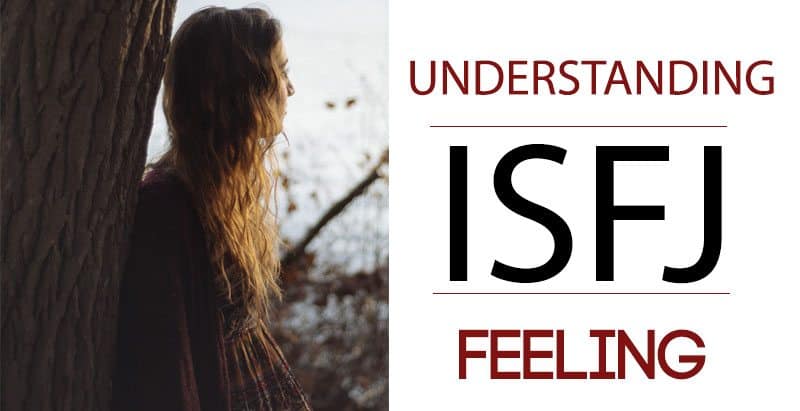
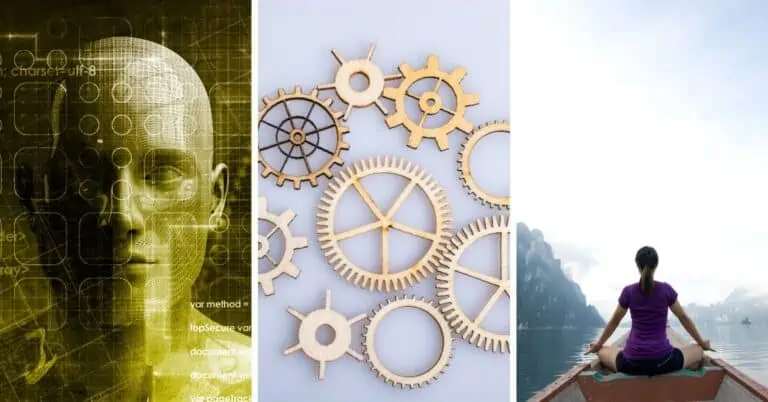
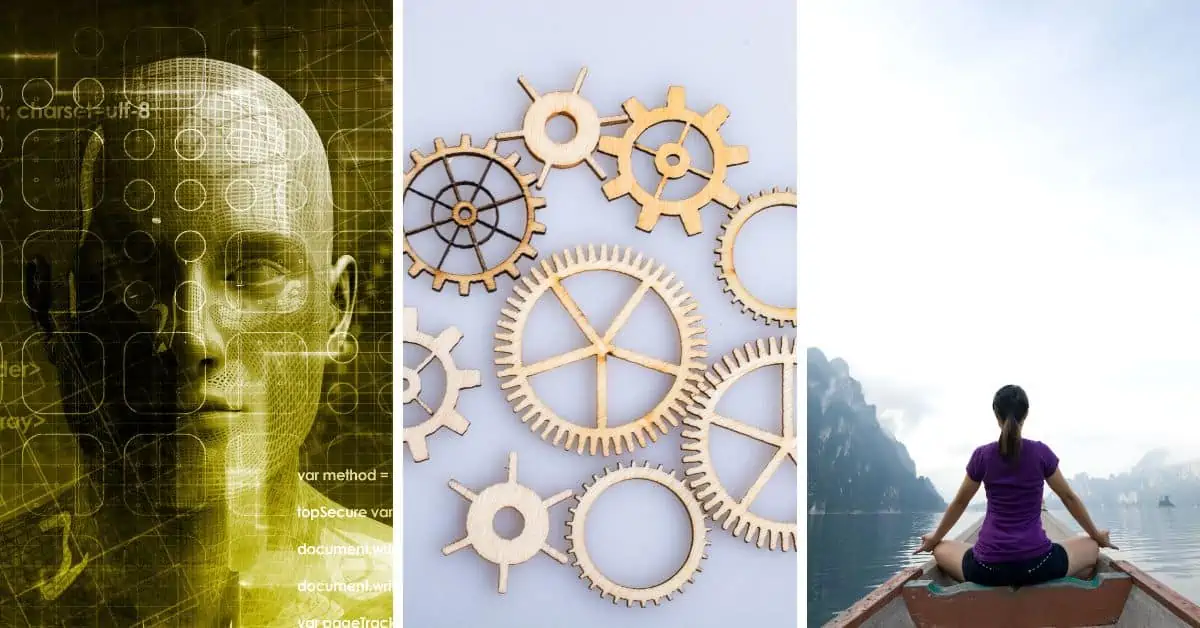
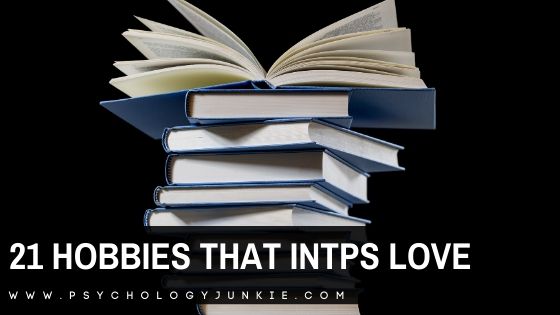




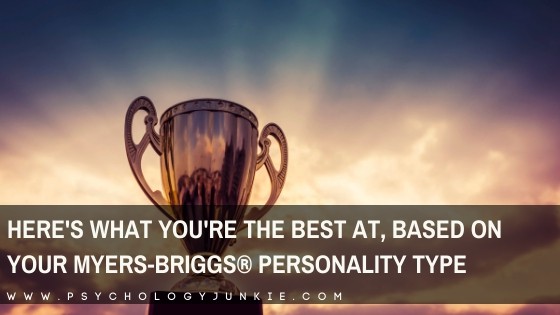
Great article!
Is any MBTI and Enneagram combination possible or do some of them contradict each other completely? I recognize there are probably correlations and rarities, I mean to ask if some types are totally impossible (e.g.- an ESTJ 4, an INTJ 8… etc.).
Hi Dron! Some combinations are very rare, for example, I’ve never met an INFP 8. But none are impossible! I have heard of all kinds of combinations that would seem unlikely yet do occur 🙂 In fact, I’ve met quite a few INTJ 8s. It would certainly be interesting to meet an ESTJ 4 though, that’s another one I’ve never come across! Thanks for the awesome question!!
As an INFP 5 , I seem a bit of a contradiction? But actually to me it makes perfect sense! My childhood hero was Mr Spock….
As an ESTP 8, I don’t really understand how the two go together. Maybe I havn’t looked enough into Enneagrams enough, but apperetally ( I can’t spell ) ESTP’s shove down their emotions while 8’s let them explode out? :/
This is an interesting comparison between two popular personality assessment tools, Myers-Briggs and the Enneagram. It would be helpful to learn more about how these tools differ in their approach to understanding human behavior and how they can complement each other in providing a comprehensive view of personality types.